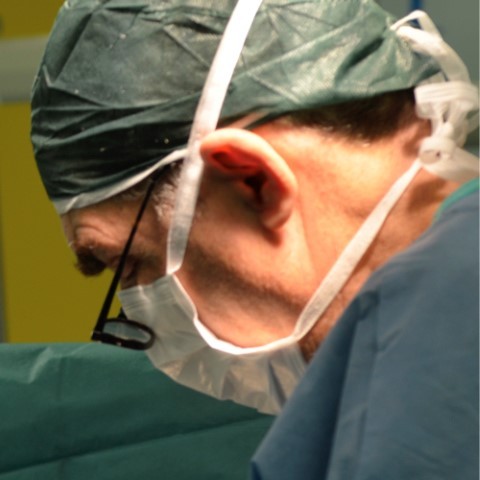Abstract
Peritoneal dialysis (PD) related infections continue to be a major cause of morbidity and mortality in patients undertaking renal replacement therapy with PD. Nevertheless, despite the great effort invested in the prevention of PD infective episodes, almost one third of technical failures are still caused by peritonitis. Recent studies support the idea that there is a direct role of exit-site (ESIs) and tunnel infections (TIs) in causing peritonitis. Hence, both the prompt ESI/TI diagnosis and correct prognostic hypothesis would allow the timely start of an appropriate antibiotic therapy decreasing the associated complications and preserving the PD technique.
The ultrasound exam (US) is a simple, rapid, non-invasive and widely available procedure for the tunnel evaluation in PD catheter-related infections.
In case of ESI, the US possesses a greater sensibility in diagnosing a simultaneous TI compared to the clinical criterions. This peculiarity allows to distinguish the ESI episodes which will be healed with antibiotic therapy from those refractories to medical therapy. In case of TI, the US permits to localize the catheter portion involved in the infectious process obtaining significant prognostic information; while the US repetition after two weeks of antibiotic allows to monitor the patient responsiveness to the therapy.
There is no evidence of the US usefulness as screening tool aimed to the precocious diagnosis of TI in asymptomatic PD patients.
Keywords: peritoneal dialysis, exit-site infection, tunnel infection, peritonitis, ultrasounds, Tenckhoff catheter.



